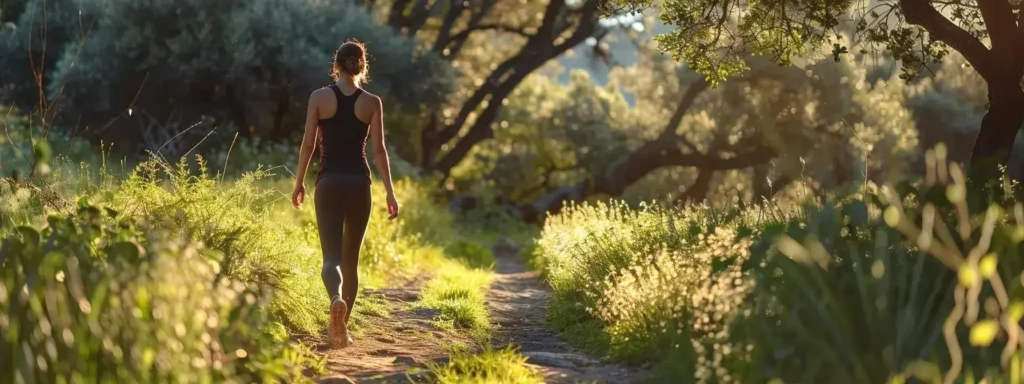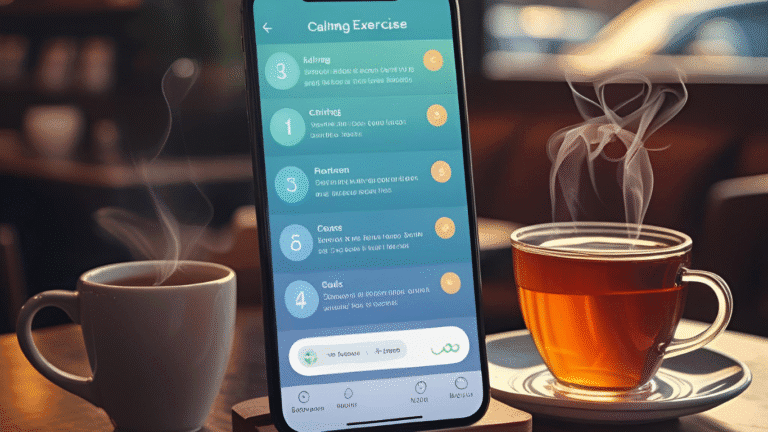Weight Loss: Walk Your Way to Real Results
Burn Calories, Boost Energy, and Feel Better—One Step at a Time
Looking for a simple, stress-free way to lose weight without an intense workout plan? Walking for weight loss is one of the most effective, beginner-friendly methods to shed pounds and improve your overall health. It requires no gym, no equipment, and no excuses—just your time, consistency, and a solid pair of shoes.
Here’s how to use walking as a powerful tool in your weight loss journey—and see real, lasting results.
🚶♀️ Why Walking Works for Weight Loss
Walking may seem too simple to be effective, but it burns calories, boosts your metabolism, and supports fat loss when done consistently. In fact, walking at a moderate pace for 30–60 minutes a day can help you:
- Burn fat without exhausting your body
- Improve cardiovascular health
- Support better digestion and lower stress
- Maintain weight loss long-term
It’s a low-impact workout that fits almost any lifestyle—perfect for busy schedules and all fitness levels.
⏱️ How Long Should You Walk for Weight Loss?
To see real weight loss results, aim for at least:
- 30 minutes a day, 5–6 days per week
- 60 minutes a day if you’re focusing on faster fat loss
- Break it into two 15- or 30-minute walks if you’re short on time
Even light activity throughout the day—like walking during lunch or after dinner—adds up and boosts calorie burn.
📈 Tips to Maximize Your Walking for Weight Loss
- Walk at a brisk pace – You should feel slightly breathless but still able to talk.
- Add intervals – Try 30 seconds of power walking every 2–3 minutes.
- Use your arms – Swinging your arms increases calorie burn.
- Take the stairs – Add elevation when possible for more intensity.
- Track your steps – Use a fitness tracker or app to stay consistent.
- Listen to podcasts or music – Keep it fun and time will fly.
- Choose varied routes – Walking in new places keeps you motivated.
🥗 Combine Walking with Healthy Eating
Walking supports weight loss, but pairing it with a balanced diet amplifies results. Focus on:
- Whole foods: veggies, lean protein, healthy fats
- Hydration: aim for 8+ cups of water daily
- Reducing sugar and processed carbs
- Portion control and mindful eating
💡 Remember: You can’t outwalk a bad diet. Movement and meals go hand in hand.
🧠 Real Benefits Beyond the Scale
Walking isn’t just for fat loss. It helps you:
- Boost mental clarity
- Sleep better
- Manage anxiety and stress
- Strengthen joints and bones
- Improve energy and focus
For many, walking becomes a peaceful daily ritual—great for both body and mind.
✅ Final Thoughts: Start Today, One Step at a Time
Weight loss doesn’t have to mean punishing workouts or strict routines. Walking is simple, free, and incredibly effective when done with intention. Whether you’re just starting out or returning to fitness after a break, a daily walk could be the key to your transformation.
So lace up those sneakers, set a goal, and step your way to real results—your body (and mind) will thank you.
❓ Frequently Asked Questions (FAQ)
Q1: Can walking really help with weight loss?
Yes! Consistent walking can burn calories, boost metabolism, and lead to sustainable weight loss over time.
Q2: What’s the best time of day to walk for weight loss?
Whenever it fits your schedule. Morning walks may boost metabolism, but evening walks help reduce stress and cravings.
Q3: How many steps per day should I take to lose weight?
Aim for 8,000–10,000 steps daily for moderate weight loss, depending on your calorie intake.
Q4: Do I need to walk every day?
Consistency is key. Aim for 5–6 days a week, and allow a rest day to recover if needed.
Q5: Will walking tone my body too?
Yes! Walking tones legs, glutes, and core muscles—especially when combined with good posture and form.

Michael Reyes is a versatile blogger with a primary focus on farming and sustainable living. Growing up close to nature, he developed a deep interest in agriculture and enjoys sharing practical tips on backyard farming, modern cultivation techniques, and eco-friendly practices. While farming remains his specialty, Michael also writes on a wide range of topics, from lifestyle and travel to everyday inspiration, making his work relatable to a broad audience.
Outside of writing, Michael enjoys spending time outdoors, experimenting with new farming methods, and exploring different cultures through food and travel. His approachable voice and well-researched insights make his blogs both informative and engaging.


